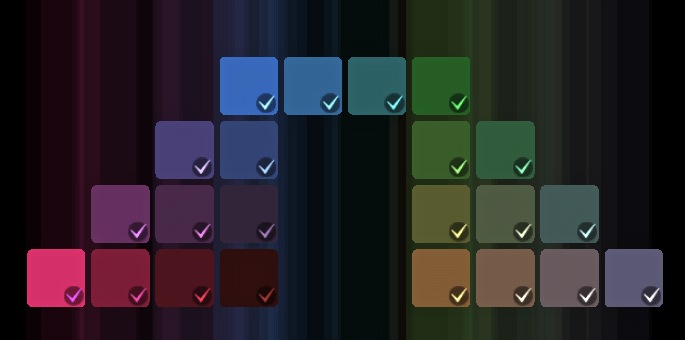One of the first things a new designer might notice is that the technology we use to deliver instruction is always changing.

Cases in point…
- When the overhead projector was invented, educators were so excited because they no longer had to dim the lights (and put their students to sleep). They could display visuals and make eye contact with their students at the same time. Brilliant!
- Now we display slides, either in person or over the Internet, although I’ve discovered that I usually prefer talking without them.
- Programmed instruction (on paper) turned into computer-based instruction, then web-based training, and now we call it eLearning.
- Film strips to film to video.
- Blended learning, flipped classrooms, MOOCs. Not to mention the whole mobile world.
- Online worlds. Games and simulations. Various degrees of technology and fidelity.
- Not to forget social media, knowledge management, and various other ways to put opportunities for learning where people can find it when they need it.
We keep inventing new ways to put learning content and activities in front of learners. This is great, because we can reach people more easily than before. Learners can have more access, and if there are enough of them, delivery can be less expensive.
Along with new media or delivery systems we often have new technical requirements for development. Skills with video, for example. Or programming. Sadly, sometimes when attending to the technical details, the design is left out. When that happens, we just make it possible for more people to have more access to bad training more often than before.
The good news is that designing instruction to help people learn has the same essential ingredients, no matter the medium or delivery system:
- A compelling reason to learn something new
- A clear statement about what our learners will be able to do differently (which presupposes we have an idea about what they can do already)
- Some kind of demonstration and/or explanation
- Practice
- Feedback
- Possibly an informal or formal test
For the best results, we encourage and foster engagement: eliciting mental effort toward learning something new. There’s an infinite number of ways to provide these elements… they don’t tie us down, but give us many choices.
So don’t forget the design. In the process of implementing an LMS and delivering modules online, don’t forget that being able to deliver them to someone’s desk or phone in itself is convenient, but it doesn’t enhance learning. It’s the design that helps people to learn more efficiently and effectively.
All too often, when we have a new way to deliver instruction, we get so excited about putting it on video or online or in whatever new app or device, that we forget the design. When that happens, learning suffers.
